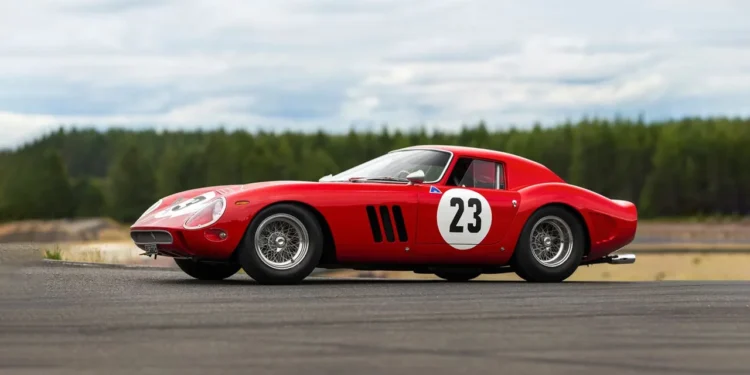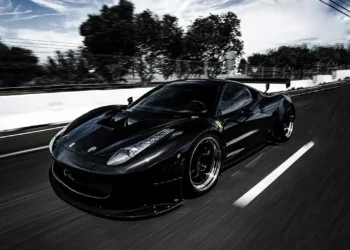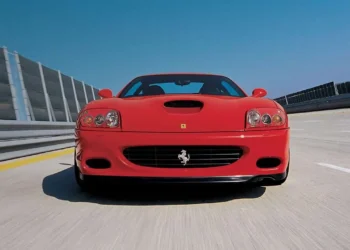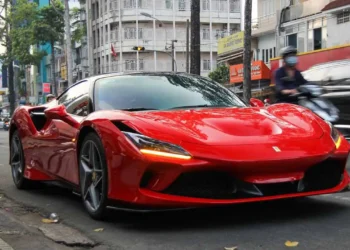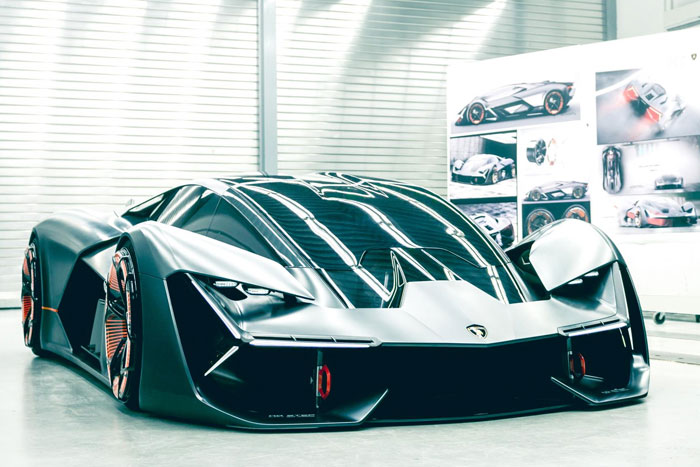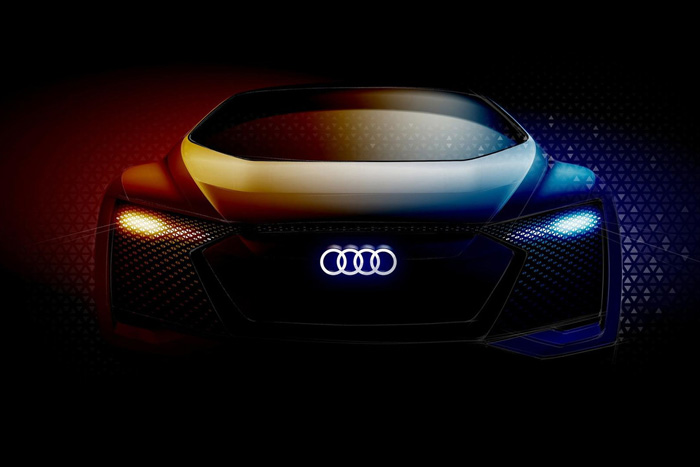Ferraris have always had this magic to them. They make cars that don’t just go fast—they almost seem alive, and I guess that’s why people can’t stop chasing after them. There’s something about a Ferrari that turns heads, raises bids, and pulls people in. Yet, there’s one Ferrari that stands above all others, reaching levels no one probably ever thought a car could hit. The Ferrari 250 GTO—it’s like the crown jewel of cars, period.
Now, this car? It wasn’t even meant to be a collector’s dream at the start. Ferrari built it to race, plain and simple, and back then, race cars didn’t just stay on the tracks. Nope, they had to hit the streets, too. All because of these rules that required a certain number of “road-legal” versions. The GTO was born to meet those standards, and it’s funny to think about how that very rule made it what it is now. Ferrari only needed to build about 36 of these GTOs (making them collectible Ferraris), though regulations suggested 100. People say Ferrari kind of slipped through a loophole, sticking close to an already-approved chassis. And the racing authorities went with it.
Under the hood, Ferrari placed the Tipo V-12 that the company already knew could take a beating—it powered earlier winners like the Testa Rossa. This engine had 3 liters and 296 horses, which was plenty to dominate the race scene back in the day.
This car wasn’t just fast; it was reliable, winning iconic races like the Targa Florio and Le Mans year after year. Other cars tried to catch up but they didn’t really stand a chance, honestly. That kind of racing legacy stamped the GTO’s ticket to legendary status. This reputation helped make it “the most valuable production car sold at auction,” especially when chassis number 4153 GT ($70 million for a Tour de France-victorious 1963 250 GTO) and chassis No. 3765 ($51.7 million at Sotheby’s) smashed records with their sale, solidifying the 250 GTO’s legacy as unmatched in both racing and value.
What gets me is the car’s design. It’s like the engineers had this crazy balancing act—making it aerodynamic without sacrificing looks. They even used wind tunnels, which back then was a big deal. It’s all aluminum, lightweight, and every line on that car screams speed. And yet, it’s still beautiful enough that people would just stare at it, parked or moving. Ferrari Classiche’s Andrea Modena even described the 250 GTO as “legendary and integral to Ferrari’s history.” This unique, aerodynamic design, which combined speed and beauty, added to the car’s almost mythic desirability among collectors, reinforcing its status as “the crown jewel of cars.”
In 1962, the GTO even finished second overall in the 12 Hours of Sebring, even though Ferrari did not build it for that level of competition. This was just the beginning; the car then dominated various GT races. The Prancing Horse’s dominance didn’t just stop at the car itself; even the drivers got into it. You’d have GTOs racing each other, with rivalries that made every race more intense. This high-performance speedster was unbeatable until 1964, and independent teams kept racing them for years after.
By 1964, though, the GTO had mostly left the track, but by then, it had already secured its place. Vintage car lovers are still racing it, restoring it, or simply admiring it, and every single car has a story.
And let’s talk money for a second. Originally, the Ferrari 250 GTO price stood at $18,000—equivalent to $191,000 today. Peanuts compared to now, when one sold for $70 million. Prices started going up in the late ’70s, and every sale seemed to set a new record. The craziest part? Most of these GTOs aren’t even up for sale because their owners are so attached, that it’s almost like selling a piece of their own history.
I mean, even Enzo Ferrari himself had a say in who could buy one. He didn’t care about how much money you had; if he didn’t like you, you weren’t getting his car, end of story. That exclusivity’s still a Ferrari thing today, which just adds to the allure. For many collectors, the 250 GTO represents not only the best of Ferrari but one of the greatest cars ever made. It’s not just a car; it’s like being part of an elite club.
The 1962 Ferrari 250 GTO price isn’t the highest in the world now—that title goes to some rare Mercedes that hit a jaw-dropping $142 million. Specifically, the $142 million Mercedes-Benz 300 SLR “Uhlenhaut Coupé” edged out the 250 GTO in auction records. But even then, the GTO remains the most valuable production car, and I’d say, the most legendary of all. Its enduring legacy and iconic design make it the most desirable Ferrari, if not the most coveted car ever built.


